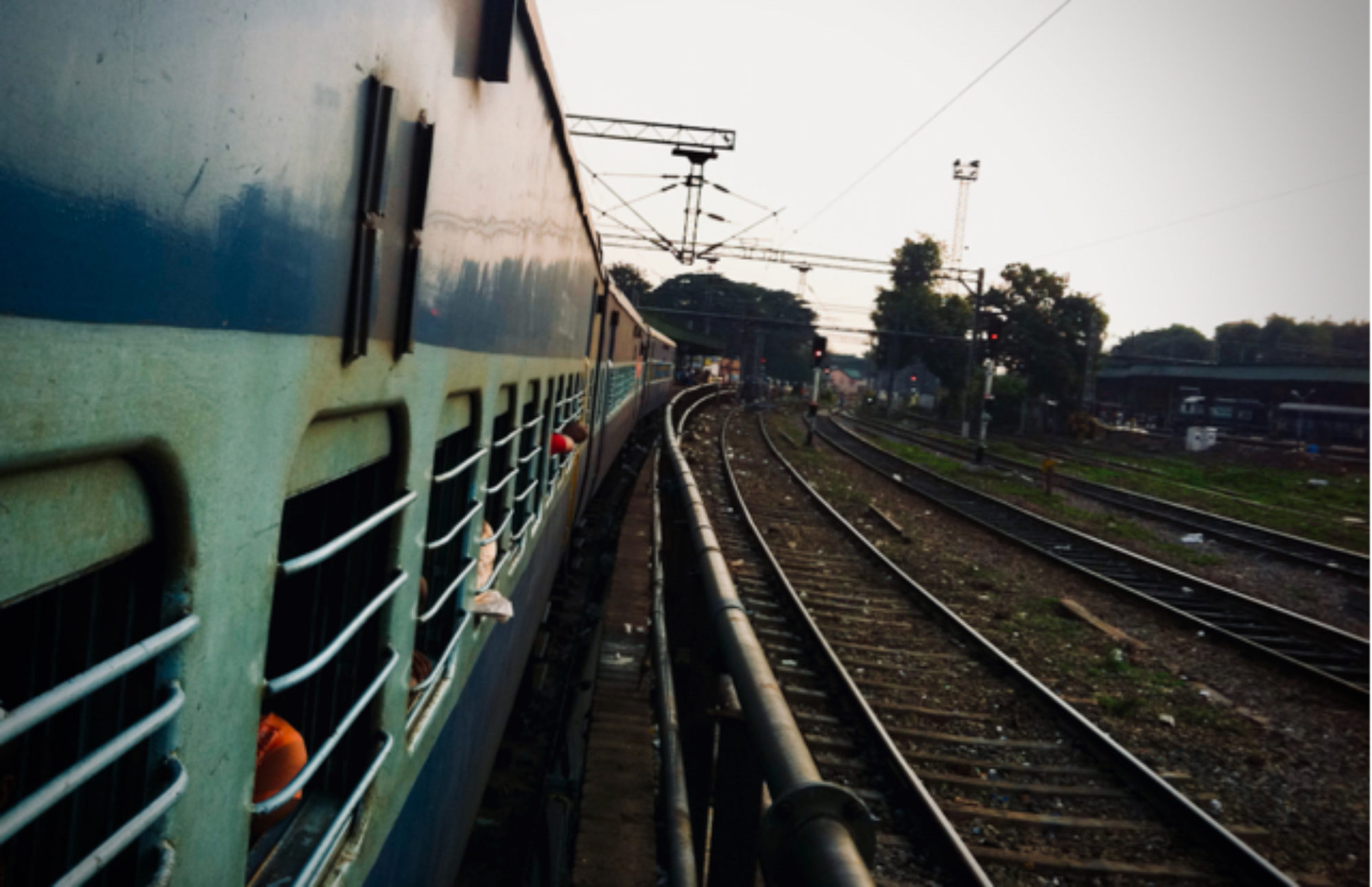Wind energy has been used for centuries to move ships, pump water, and grind grain. It’s now one of the most cost-effective sources of new generation, competing with new installations of coal, gas and nuclear power. We are always looking for innovative technologies that can resolve the energy access gap.
Wind power seen generating up to 18% of global power by 2050 on International Energy Agency
By 2050, wind power could generate up to 18% of global power. This long term goal is made possible by recent developments: turbines are getting stronger and lighter, and blades are growing faster. As right now wind power produces only 2.6% of global power. Some countries in Europe already obtain 15% to 30% of their electricity from wind power. By 2020, China is foreseen to outrank Europe as the leading producer of wind power with United States ranking in third. The use of turbines can save up to 4.8 gigatonnes of CO2 emissions each year by 2050, with China leading again with the largest reductions. With continued research and development, we can hope to see prices fall far enough to be applicable in emerging markets.
Staggering Turbines Improves Performance 33% on Science Daily
The University of Delaware’s Cristina Archer and her Atmosphere and Energy Research Group recently found that staggering and spacing out turbines in an offshore wind farm can improve performance by 33%. During the study, the teams looked in swirls of choppy air called eddies and how their movement impacts nearby turbines. The most efficient arrangement of the turbines had two approaches: 1) spacing the turbines further apart and 2) staggering the rows. The study not only determined how to increase performance but how to optimize location as well. By arranging the turbines into rows, they are facing the prevailing wind direction. “Considering these various factors could better inform where and how to configure future offshore wind farms,” Archer explained. Research and development like this is the path to driving costs down to make wind energy more affordable.
What Makes a Great Wind Turbine for Distributed Applications? by Jamie Schlinkmann on Renewable Energy
The evaluation criteria for a good energy project are as follows: 1) good value, 2) low noise levels, 3) attractiveness, and 4) durability. First, good value includes a reasonable payback period after considering installation cost, operating costs, annual power production, and estimated annual power production. Second, there is a trade off between noise levels storm wind resistance. The higher the tip speed ratio, the thinner the blades can be and still produce optimal power. Designers of traditional horizontal-axis wind turbines normally hone in on a tip speed ratio of about eight, which equivalent to blade speeds of 200 mph in a 25-mph wind. At this speed ratio the noise is “tolerable.”Third, some consider wind turbines to be less attractive than solar panels; finding ways to make the equipment aesthetically pleasing are an added bonus. Finally, durability directly impacts the operating costs of a wind turbine. The factors that make a durable turbine will also make it a low-maintenance one. Each of the criteria are key for innovators working on wind energy technology both big and small.
Ethiopia opens Africa’s biggest windfarm by David Smith on The Guardian
On October 26, Ethiopia’s Prime Minister, Hailemariam Desalegn, opened the largest wind farm in sub-Saharan Africa as part of the continent’s step towards a climate resilient economy. The wind farm contains 84 hi-tech turbine and cost €210m. This step towards a climate resilient economy took 3 and half years with French funding and German supervision. The project is helping Ethiopia become the region’s leading producer of renewable energy in order to maintain the economic growth averaging. However, in making room for these turbines, 700 farmers lost their land and claim to have not received enough compensation. Even with the installation of the turbines, more than two-thirds of the population of sub-Saharan Africa is without electricity, and more than 85% of those living in rural areas lack access.
- Learn about what we do.
- Follow us on Twitter.
- Like us on Facebook.
- Join us on LinkedIn.
- Add us on Google+.
- Sign up for our mailing list.
- Catch up on past Weekly Reviews.
- Fundraising for a mobile tech, alternative energy, or ag tech startup? Apply.
